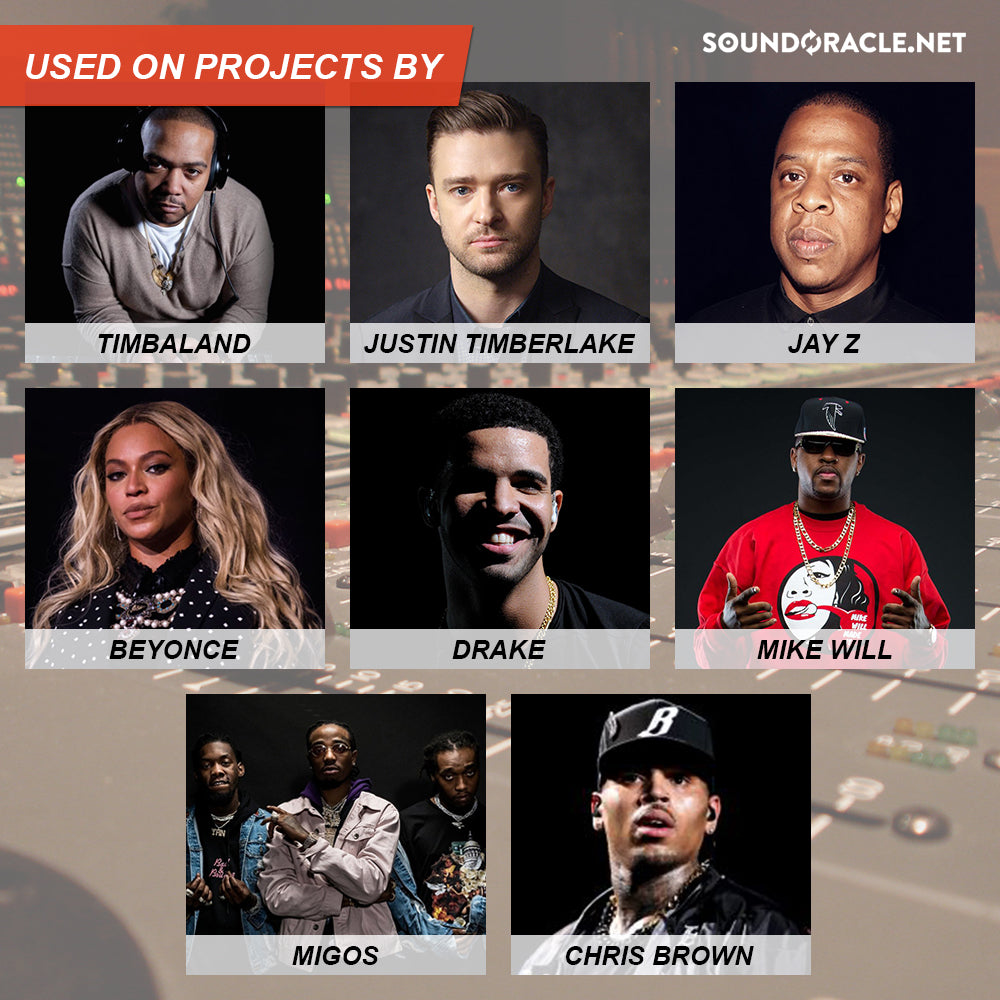Intro

Given that for the most part sampling is about nicking bits of other people’s music and using them as your own, you’d think it would be easy. Apparently not.
For every tune that uses a sample in an interesting, creative way, there are several dozen more that pervert the artform into something heinous. Mismatched chords, poor quality sounds, noises that we’ve all heard a million times before... it’s a wonder there aren’t more van Gogh-lookalikes wandering around around considering the huge number of aural atrocities committed on a daily basis.
For too long we here at MusicRadar have sat back and allowed this to happen, but no more! Donning our mystical cloaks of musical justice we’ve complied a list of commandments designed to purge society of these sampling ills. No need to thank us; merely never hearing a musical sampled murdered with an ill-chosen timestretching algorithm is reward enough. Commit these eight golden rules to memory, and hopefully our children’s children will be able to live in a world without substandard sample-based tracks. You’re welcome internet!
1. Lazily using samples that have already been rinsed

Now, it’s certainly possible to flip familiar sample sources in interesting ways: Eric B. and Rakim’s use of Bob James’ seminal Nautilus incited a variety of interesting interpretations from the likes of Main Source ft. Nas, MURS & 9th Wonder and Mary J. Blige, but also hundreds of other less inspired ones.
There are plenty of ways to breath life into rinsed samples, from chopping them up and playing them back with different arrangements and rhythms to processing them in unexpected ways, so if you’re tempted to use a sample your listeners will recognise try and do something different with it.
2. Over-processing samples

With the practically unlimited processing potential DAWs afford us, it’s easy to fall into the trap of over-processing a sample (particularly with equalisers and compressors) to the point at which it loses the spark that made it appealing in the first place.
If you start to suspect that you’ve gone too far, try bypassing all the effects you’ve applied to make sure that your processing is enhancing, rather than detracting from the sample. If in doubt, dial things back a bit and give your sample room to breath
3. Using all too obvious samples

Clearly one of the benefits of sampling is that it can give your tracks that familiar feeling that us sheeple just love.
However, some sample sources are just so goddamn obvious that all pretence of cool is lost. We’re not gonna name any names here, but digging deeper in those crates will result in more interesting music and less incredulous eye rolls.
4. Ripping huge bits from songs

Once you’ve found a good sample source with a ton of material on offer, it can be tempting to use the whole thing - but hold your horses!
Your track will sound more like a bootleg remix than your own original work if you’re overzealous with your sampling. Plus, you’re more likely to get picked up by copyright-enforcing bots, so watch out!
Remember, it’s possible to make your own hooks with some clever editing and processing, as demonstrated by dubstep deity Burial on his Ray J-sampling classic.
5. Settling for suboptimal versions of samples

Once you’ve acquired a copy of your favorite break or acapella, it can be tempting to give up the chase. However, it may well be that there are superiors versions out there, especially if you’re using a file downloaded from the web.
It’s worth taking the time to source a few versions of sounds. This is especially true of vinyl recordings, and even CD versions can sound quite different depending on how the disc has been mastered. Just don’t blame us when you become a valve amp-totting vinyl fetishist, okay?
6. Sampling from tracks in the same genre

Sure, this definitely happens (especially in hip-hop), and can work like a treat. However, too cheeky a sample can blur the line between creativity and plagiarism, and has been known to tarnish the reputation of producers in their scene.
That said, get it right and you can have a big hit on your hands, so show some discretion and you should be alright, especially if your sample source is from a few years ago.
7. Using samples that clash musically

Hey, we get it. Music theory is hard, and we’d all much rather be posting pictures of amusing mammals on our various social media accounts than agonising over whether or not the music we make is actually listenable. But simply cramming together musically incompatible samples is one of the easiest ways to turn people off your music, and it makes you look like a right noob to boot.
If your ears haven’t reached the point at which they can identify when two samples simply don’t sound good together, why not give Mixed In Key a go, and let your computer do all the hard work for you instead?
8. Using inappropriate timestretching algorithms

Last but by no means least, if there’s one thing guaranteed to make your sample-based music sound worse, it’s using timestretching algorithms that aren’t suitable for the source material.
The prime offenders seem to all be using Ableton Live, which warps samples with its Beats mode by default. While this works great for most rhythmic samples, it almost always sounds dreadful when used on sustained, pitched sounds. This is particularly prevalent in liquid DnB, but shouldn’t be a problem at all because switching to a more suitable mode takes all of two seconds.
So for the love of all that is good in the world, please, please stop it!
Original article found here:
http://www.musicradar.com/news/tech/8-dumb-things-you-need-to-stop-doing-when-youre-sampling-631435 By Tim Cant
SoundOracle.net - Producer's #1 choice for premium drums, loops, and samples



